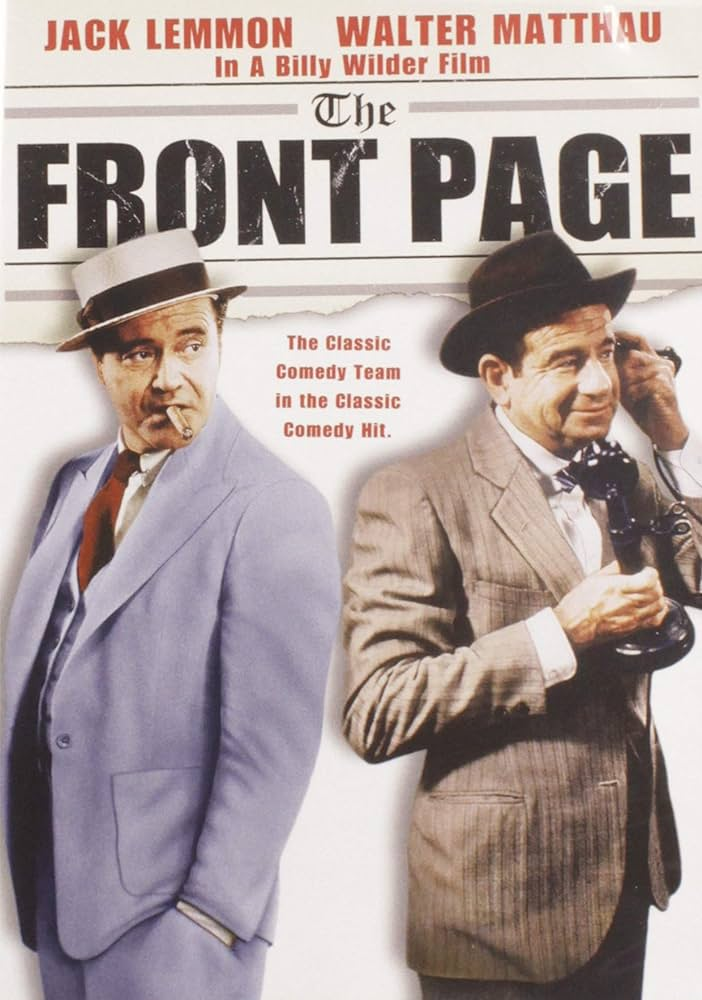A Journey Through Political Cartoons
Caricature art and satire has existed throughout human history, however, modern "political cartoons" only began in the late 18th century. Political cartoons, typically involving caricature, are drawings made for the purpose of conveying editorial commentary on politics, politicians and current events.
These cartoons were developed in Europe by
James Gillray, who targeted Britain's King George III. They began as a street-level phenomenon, being posted on walls, passed from person to person and published in newspapers. With the rise of the European merchant class, there was questioning of power structures and leadership roles.
The Enlightenment also brought new ideas of free speech, religious liberty and self-government. These dynamics combined with rising literacy rates and new printing/engraving technologies, created an atmosphere that was perfect for political cartoons to grow in popularity.
They are usually opinion-oriented and found in the editorial pages of newspapers and other journalistic outlets. The subject matter typically consists of current and newsworthy political issues, which requires that readers have some background knowledge about what is being represented.
Political cartoons quickly reached the New World and by the end of the American Revolution, they became very common. Even more so when the Bill of Rights was ratified 1791, which placed them under the protection of the First Amendment. These cartoons can be created through free speech and free press.
During this time, popular topics included social, cultural, and political issues on both a local and national level. In 1754, Benjamin Franklin created one of the most recognizable examples of American political cartoons. T
he snake cut into eights, representing each of the colonies or regions. This drawing became a symbol of the need for organized action against the threat posed by the French and their allies during the Seven Years' War.
These drawings usually reflect the cartoonists point of view and exaggerate circumstances. But, artists have to make sure they are using the correct symbols.
Moving into the 19th century,
Thomas Nast, a german immigrant, became the most successful and renowned American political cartoonist. Nast is called the "Father of American Cartoons" and he is most famous for his 160 political cartoons, attacking the criminal characteristics of Boss Tweed, a politician who controlled New York's corrupt Democratic political organization, Tammany Hall. But the most notable cartoons are his creation of the
Republican party elephant and the popularization of the
Democratic donkey.
When these cartoons are successful, they can fulfill an important criticizing and controlling function in society. They are helpful in forming opinions, decision making and providing an entertaining perspective on news.
The early 20th century was overwhelmed by political cartoons. The development of film, radio and television was pivotal to distributing these cartoons. With this, it also allowed artists access to new mediums where they could mock political events and figures.
Through the years, art styles, techniques and subject matter has evolved greatly. But all cartoons seem to follow the same form as the Gillray years.
The 1900s brought some very major political issues with it. For example, Clifford Berryman, a Pulitzer-winning cartoonist, put out a political cartoon in 1934 about President Franklin D. Roosevelt's New Deal.
It can be seen that Roosevelt is portrayed as a doctor, administering "remedies" to a sick Uncle Sam. These "remedies" are in the form of the New Deal programs which were intended to help with the effects of the Great Depression. Congress is also seen dressed as a worried old maid concerned about Uncle Sam.
From the 1950s to the 2000s, modern art movements began heavily influencing political cartoons. But this was not the only influence. Newspaper advertisers and publishers started exerting more of an influence over the cartoons. They even went as far as forcing papers to drop controversial cartoons.
In 1992, Ted Rall, one of the most prolific cartoonist in American history, released a drawing showing an immigrant coming to the United States. It is a satire on the corporatization of American culture and the growing issue of unemployment.
Of course, the 2000s brought the rise of technology and the internet. Traditional methods were pushed aside and cartoons started being produced with digital software. This then allowed for artists to independently publish their cartoons on various platforms. Digital software also allowed for more cartoons to be colorized, which attracted a much larger audience and attention on these sites.
As every generation typically brings, the 2000s have been riddled with hot and controversial political topics. Most websites now feature
"Cartoons of the Day" and there are links dedicated to pages full of political cartoons. These opinions about public issues and individuals are appealing to all readers.
Their main goal is to persuade you. It may seem that the purpose it to amuse you, but really they are trying to make you think about current events while swaying your opinion to be in favor of theirs.
An extremely controversial topic, which is still discussed to this day, is the storming of the US Capitol.
Adam Zyglis, another Pulitzer-prize winning American editorial cartoonist, mocks
Senator Mitch McConnell who is seen introducing
Jake Angeli, otherwise known as the "new Capitol tour guide." Angeli was the man wearing "shamanic" attire and McConnell was criticized for his opposition to to form a commission that would investigate the Jan. 6 Capitol Riot.
It is obvious that political cartoons have been prominent in the media since their development in the late 18th century.
As each generation moves forward, there will always events and figures that cartoonists will mock and state their opinions about. Despite their sarcasm, harsh critiques and barbed points, political cartoons have persevered and proven their popularity. As a major outlet of political opinion, these cartoons are still protected under the First Amendment and are considered a form of free speech.
It is likely that political cartoons will never disappear and continue to be an important medium of speech in society. Since the birth of these drawings, artists have used them to humor, inspire, critique and inspire.




.jpg)




.jpeg)




